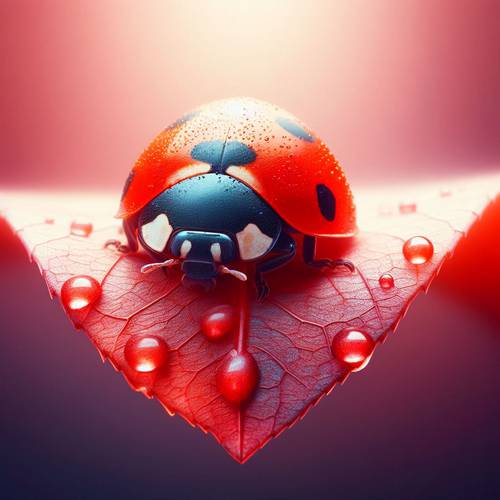General Behavior of Ladybugs
Ladybugs, also known as ladybirds, are generally harmless and beneficial insects. They are known for their distinctive red and black spotted appearance. Ladybugs primarily feed on aphids and other plant pests, making them valuable allies in gardens and farms. They are active during the day, often seen crawling on plants or flying short distances. While they can secrete a yellow fluid from their legs as a defense mechanism, they rarely bite humans and are generally friendly and non-aggressive.
Circumstances Under Which Ladybugs Bite
Ladybugs are generally harmless and beneficial insects, but they can bite under certain circumstances. Bites typically occur when ladybugs are threatened or feel cornered. They may also bite if they mistake a part of your body for food. During colder months, ladybugs seek warmth and can enter homes in large numbers, increasing the likelihood of accidental bites. While their bites are not harmful, they can cause mild irritation or discomfort.



